Explore the Magnificence of Kielder Forest: Englands Largest Forest Destination
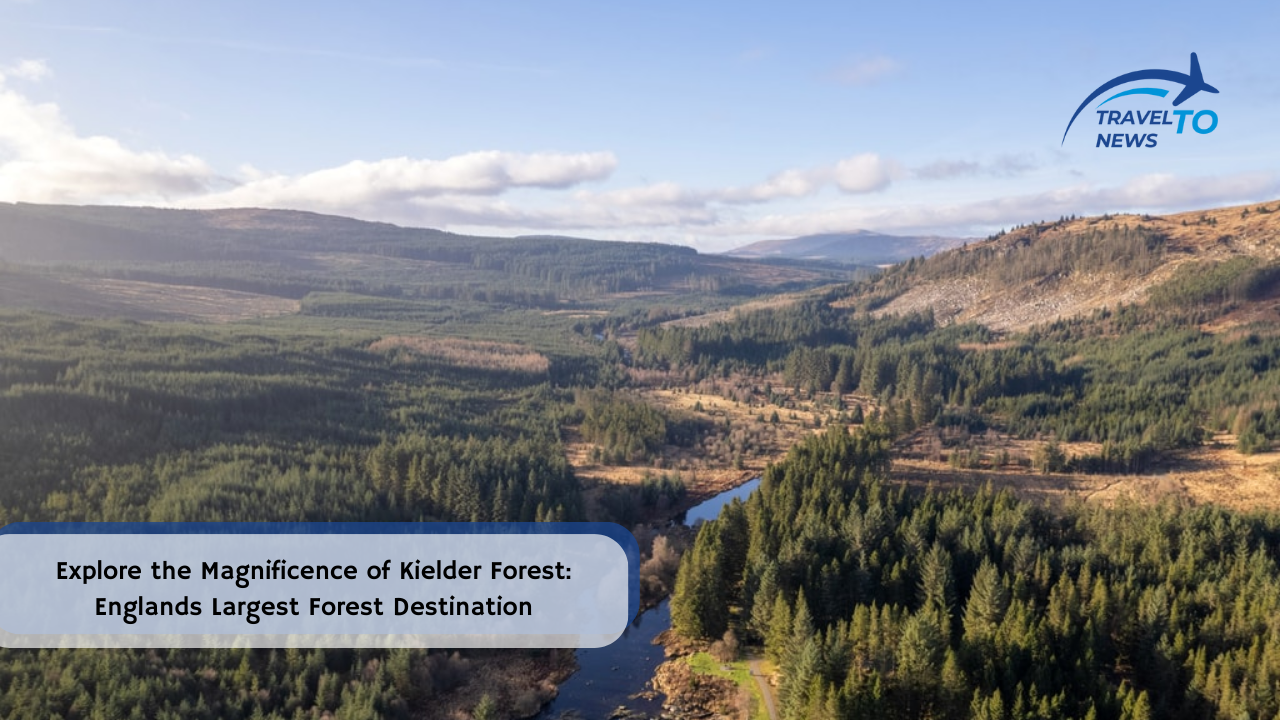
Discover the allure of Englands largest forest, Kielder Forest, set in Northumberland. An immersive guide to exploring nature, wildlife, and adventure in this magnificent woodland.
Nestled in the heart of Northumberland, Kielder Forest holds the distinction of being England’s largest forest. Spanning over 250 square miles of lush landscape, this woodland paradise promises an escape into nature like no other. In this blog post, we’ll delve into the rich tapestry that makes up Kielder Forest’s past and present while highlighting the essential travel information you need for your next woodland adventure.
Table of Contents
Brief History of Kielder Forest
Kielder Forest’s story is one of transformation and triumph. Established in the 1920s, the forest was primarily planted to replenish timber reserves after the First World War. Over the decades, Kielder has grown in both size and diversity to become an important site for wildlife conservation and a recreational haven.
Much more than just a timber resource, Kielder has come to represent a living, breathing ecosystem. With each passing year, new chapters are added to its history, from the introduction of North European red squirrels to the construction of the iconic Kielder Observatory.
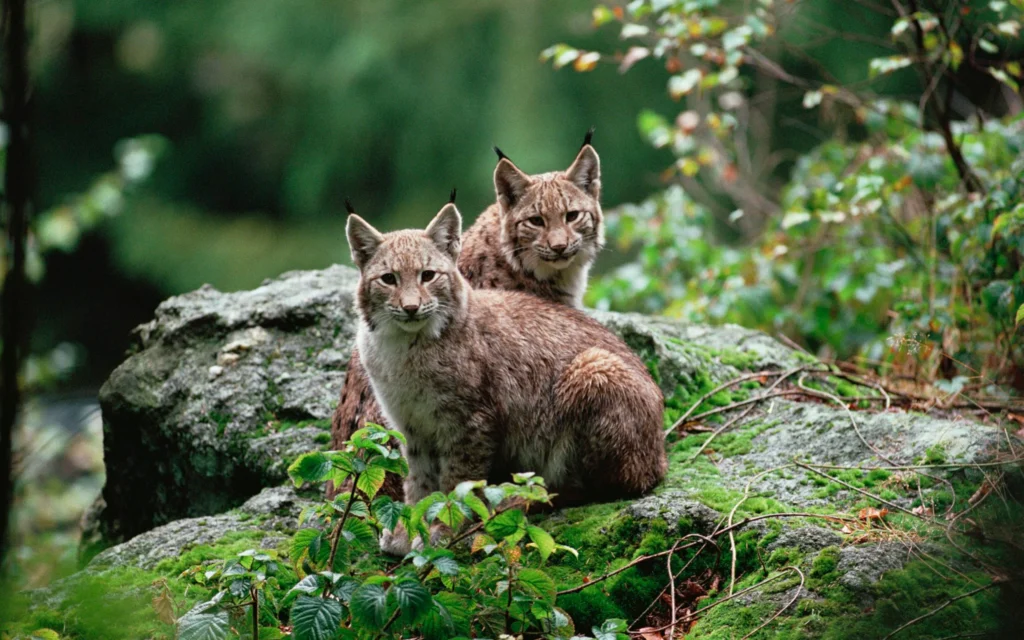
Will the lynx help the largest forest in England
Significance as England’s Largest Forest
Kielder’s claim to fame is evident in its sheer size and the rich biodiversity it supports. It stands as a testament to the profound impact of sustainable forestry practices in the UK. This extensive patchwork of pine, spruce, and native broadleaves not only provides refuge for wildlife but also acts as a green lung, playing a crucial role in carbon sequestration and serving as a natural bulwark against climate change.
Location and Accessibility
Geographic Location of Kielder Forest
Kielder Forest is a treasured feature of the Northumberland countryside, close to the Scottish border. This expanse of evergreen woodland is charmingly positioned around Kielder Water – Northern Europe’s largest man-made lake, making this landscape a profound blend of forest and aquatic vistas.
How to Get There
By Car
Kielder Forest is approximately 50 miles northwest of Newcastle upon Tyne. Those with access to a car can enjoy a scenic drive through Northumberland’s countryside. The forest is reachable via the A68 and B6320, offering a journey that is as enjoyable as the destination itself.
Public Transportation
For those favoring public transportation, there are bus services from nearby towns such as Hexham and Hawick. While the public transport network may not take you directly into the heart of the forest, it can bring you close enough to where your woodland odyssey can begin.
Guided Tours
For a structured visit, consider booking a guided tour. Many local companies offer excursions that not only take care of transportation but also enrich the experience with their knowledge of Kielder’s history, wildlife, and hidden gems.
Regardless of how you choose to get there, Kielder Forest is highly accessible and well worth the jaunt. If you’re endeavoring to be in the company of nature’s splendor, let Kielder Forest be your next port of call. Stay tuned as we explore more of what this enchanting forest has to offer in subsequent posts.
Kielder Forest: A Biodiversity Hotspot in England’s Wild North
Home to a wealth of wildlife, Kielder Forest paints a picturesque portrait of natural beauty that’s rich in biodiversity. As you explore its expansive landscapes, the forest’s unique habitat and the various floral and faunal populations it harbours tell a captivating story of ecological harmony. In this blog post, we’ll delve into the stunning landscapes, habitats, and the fascinating life forms calling England’s biggest forest their home.
Forest Landscape and Biodiversity
The Landscape
The landscape of Kielder Forest is a mosaic of flourishing woodlands, rich peat bogs, serene lakes, and meandering rivers–– a true haven for nature lovers. Its tree coverage predominantly consists of commercial plantations of Sitka Spruce. Still, it also houses a variety of native British trees, including Scots Pine, Oak, and Birch.
This diverse landscape provides shelter and sustenance to a multitude of wildlife species. A typical walk in these woods could find you crossing paths with roe deer, running streams teeming with otters, or standing beneath the sweeping flight of an elusive osprey.
Biodiversity in Kielder Forest
Kielder Forest boasts a complex ecosystem teeming with an array of flora and fauna. In the woodlands, you may glimpse red squirrels darting across branches and hear the symphony of chirping birds. Indeed, avian enthusiasts have lots to look forward to––Kielder hosts numerous species, including the majestic goshawks, crossbills and Britain’s largest breeding population of osprey.
The carnivorous sundew and butterwort thrive in the peat bogs, while marsh orchids add a vivid splash of colour. Kielder’s watery habitats are equally biodiverse, serving as a home for otters, water voles, and a diverse range of aquatic life.
Unique Flora and Fauna in Kielder Forest
Kielder Forest is known for its unique and, sometimes, uncommon species that are difficult to spot elsewhere in England. For instance, it is one of the few places in England where you can spot the red squirrel, largely absent from most parts of the UK due to the invasion of grey squirrels.
Birdwatchers will be delighted to find the elusive goshawk, sometimes called the ‘phantom of the forest’. And let’s not forget the fascinating rosette-shaped carnivorous plants, like the Round-Leaved Sundew that add an element of the surreal to Kielder’s landscape.
Witnessing the shifting mosaic of lush landscape and rich wildlife in Kielder Forest is an undeniably enchanting experience. This vast woodland urges us to pause, appreciate, and contemplate the profound diversity of life it harbours – making the journey to England’s largest forest all the more worthwhile.
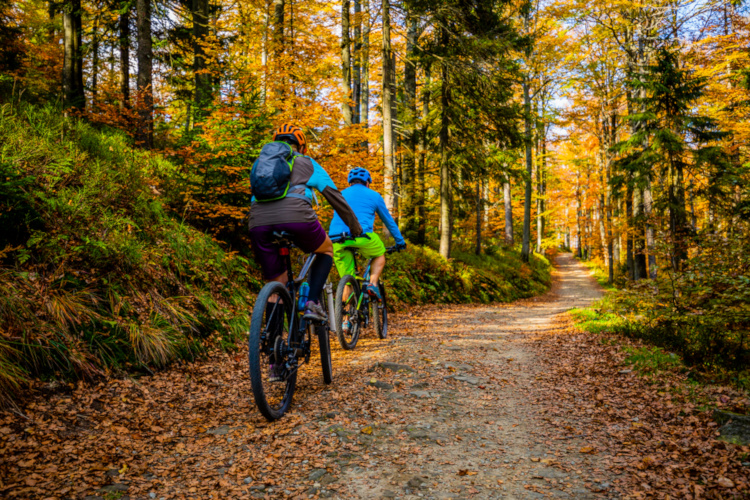
Embrace the Wilderness: Activities Galore at Kielder Forest
At the majestic expanse of Kielder Forest, nature unfurls a carpet vibrant with activities for every kind of adventurer. As England’s largest forest, not only does it offer a sanctuary for wildlife, it also presents an abundance of recreational opportunities. Whether you’re a serious wildlife enthusiast, a stargazer, an art aficionado, or someone looking to simply soak up nature’s splendours, Kielder Forest has something for you. Let’s explore the activities that await in this sprawling Northumbrian wonderland.
Wildlife Watching Opportunities
Birdwatching
Ornithology enthusiasts can revel in the diverse avifauna that Kielder Forest houses. With over 50% of England’s red squirrel population residing in these woods, it’s a privileged backdrop for spotting these charming creatures. Bring your binoculars to catch sight of goshawks, ospreys, and crossbills as they manoeuvre the forest canopy.
Red Squirrel Spotting
The sight of a European red squirrel in its natural habitat is truly special, a delightful experience and one of the forest’s most sought-after wildlife watching opportunities. Keep your eyes peeled for these elusive creatures, particularly around the Duke’s Pantry at Kielder Castle, where feeders might tempt them into view.
Hiking Trails and Picnic Spots
With over 600 kilometres of trails, the forest caters to serene walks, vigorous hikes, and family picnics. From the easy-access trails suitable for all abilities to the challenging terrains for the more experienced hikers, every path affords stunning vistas. Take a break at one of the many picnic spots scattered across the forest and by the lakeside to immerse in the tranquillity of nature.
Watersports at Kielder Water
Kielder Water, the vast reservoir nestled within the forest, is a hub for watersports enthusiasts. Here, you can indulge in sailing, canoeing, and kayaking, or take it easy with some leisurely fishing. Watersports centres around the lake offer equipment hire and lessons for beginners.
Kielder Observatory and Stargazing Experiences
As night falls, Kielder Forest reveals another of its treasures – the dark skies. Kielder Observatory is an astronomical haven, taking advantage of the forest’s remote location, which boasts some of the darkest skies in England. Whether you’re an amateur astronomer or simply wish to gaze in awe at the Milky Way, the observatory’s events and sessions provide a window to the universe.
Kielder Art & Architecture Trail
For those who appreciate creativity blended with nature, the immersive Art & Architecture Trail will be a highlight. This unique feature invites visitors to wander through the forest and discover sculptures, shelters, and buildings designed by artists and architects from around the world, integrating art with the landscape in an unconventional open-air gallery.
From the thrill of wildlife watching to the zen of a picnic by the water, from the adrenaline of watersports to the peaceful contemplation at the observatory, Kielder Forest ensures your visit is filled with magic and discovery at every turn.
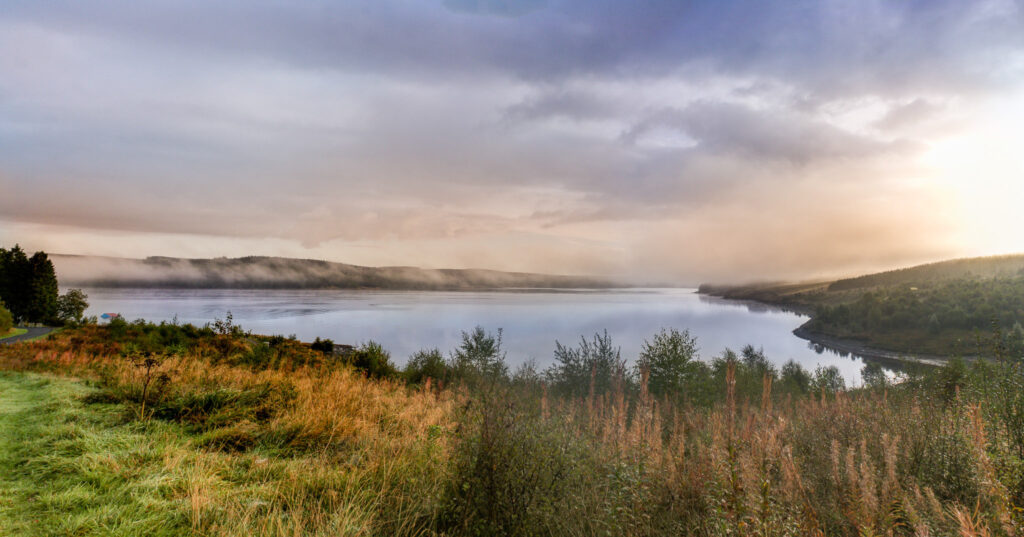
Your Essential Guide to Visiting Kielder Forest
A trip to Kielder Forest is a journey into the heart of nature. But to make the most of your excursion into England’s grandest woodland, it’s vital to plan with some practical information in mind. When is the best time to roam these vast trails? Where can you grab a bite or a hot cuppa after a day’s adventure? And if you or a companion have mobility restrictions, what should you know? This guide aims to answer these questions to help ensure your visit is as effortless as it is memorable.
Best Time to Visit Kielder Forest
The forest is a year-round destination, each season casting its own spell on the landscape:
Spring
With blossoms in bloom and wildlife awakening, spring is a period of rejuvenation perfect for birdwatching and witnessing the forest burst into life.
Summer
Ideal for family activities and water sports at Kielder Water, summer brings warm weather perfect for exploring the numerous trails.
Autumn
Autumn is spectacular with its kaleidoscope of colors. It’s also the season for stargazing, as the nights begin to stretch out longer.
Winter
In the winter, the forest wears a blanket of snow, and while some facilities might be closed, the Kielder Observatory offers a unique opportunity to observe the clear winter skies.
Regardless of when you visit, always check the local weather forecast and prepare suitable clothing, as the conditions can change rapidly in this part of England.
Local Facilities, Cafes, and Restaurants
Kielder Forest is well-equipped with various facilities, including parking areas, visitor centers, and restrooms, all ensuring a comfortable visit to the forest.
Cafes and Restaurants
The visitor centers at Kielder Castle and Tower Knowe are perfect starting points to find local refreshments. The Duke’s Pantry offers homemade cakes and sandwiches amidst rustic charm, and The Boat Inn restaurant at Leaplish Waterside Park provides hearty meals with stunning lake views. For something unique, The Anglers Arms at Kielder Village is known for its warm ambiance and traditional English fare.
Accessibility and Tips for Visitors with Mobility Restrictions
Kielder Forest strives to be as accessible as possible. There are marked ‘easy access’ trails for those with mobility challenges, and many of the facilities, such as Kielder Castle, are wheelchair friendly.
Mobility Scooter Hire
Mobility scooters are available for hire at Kielder Waterside, allowing for easy exploration of the lakeside paths.
Tips
- Plan Ahead: Pre-book mobility equipment and verify accessibility with specific facilities before your visit.
- Stay Informed: Updated information on trail access can be found on Kielder Water and Forest Park’s official website or by contacting visitor centers.
- Accessible Accommodations: Make sure your accommodation is accessible if you’re staying overnight. Some lodges around the water are designed with accessibility in mind.
Remember that the key to a successful visit is in the planning. Check open times for the various centers and activities before setting off, and don’t hesitate to reach out to the friendly local staff for any additional guidance. Get ready to immerse yourself in the beauty and serenity of Kielder Forest, where nature’s embrace is open to everyone.
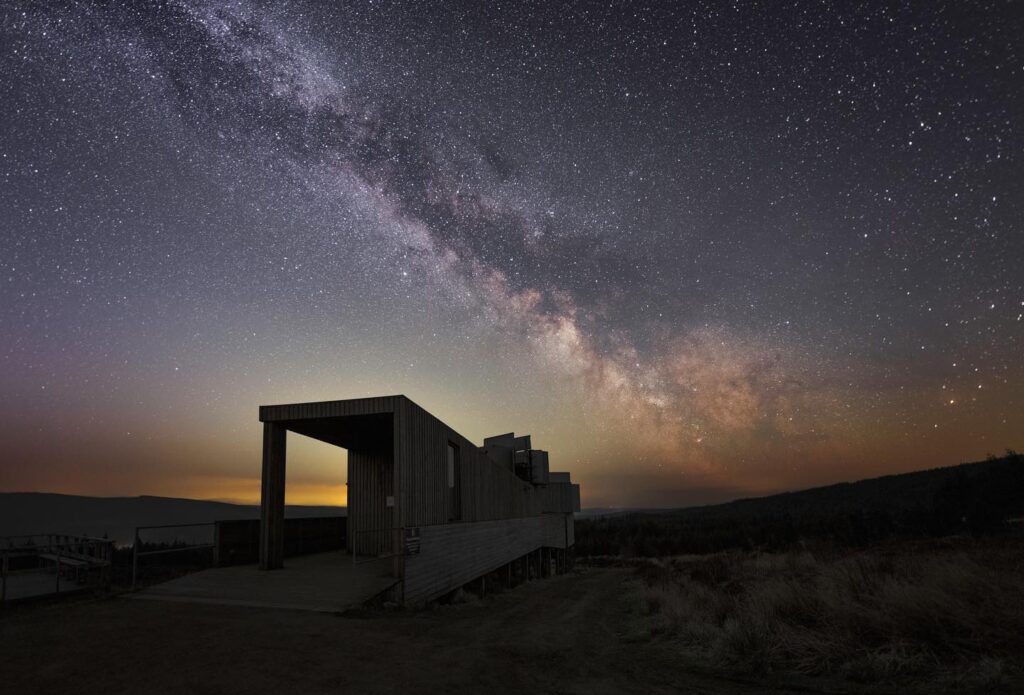
Conservation and Sustainability at Kielder Forest: A Commitment to Nature’s Future
A mesmerizing sight of sprawling woodlands and thriving wildlife, Kielder Forest is not just a nature enthusiast’s paradise, but it also serves as a beacon of conservation and a champion of sustainability. Let’s delve into the profound role that Kielder Forest plays in protecting England’s remarkable natural heritage, and why it is crucial that we, as visitors, continue to respect and coexist harmoniously with its diverse inhabitants.
The Role of Kielder Forest in Conservation and Sustainability
As the largest man-made woodland in England, Kielder Forest plays a major role in the county’s conservation efforts. It homes several protected species and habitats, acting as a vital sanctuary for them to thrive. The forest’s adoption of sustainable forest management practices helps reduce carbon emissions. They also contribute to the health of our environment by providing clean air, clean water, and enhancing biodiversity – all while producing sustainable timber.
Kielder Forest Wildlife Protection Initiatives
Several wildlife protection initiatives are being initiated within Kielder Forest, particularly emphasising the protection of threatened species:
Red Squirrel Protection
This initiative is primarily targeted at safeguarding the red squirrel population. This native species has been under threat due to the introduction of the grey squirrel. Channeling efforts into controlling the latter’s population and maintaining safe habitats for red squirrels is a significant aspect of the forest’s conservation plan.
Bird Conservation Programmes
The Forestry England is endeavouring to increase the forest’s bird population through habitat restoration and special conservation projects. Specific programmes are designed for different species, such as the osprey and goshawk, aimed at reintroducing these species and monitoring their recovery.
Habitat Restoration
Peatland restoration is a critical initiative at Kielder that focuses on restoring degraded bogs. This process involves re-wetting the peat to encourage the growth of sphagnum mosses, effectively sequestering carbon and supporting rare wildlife.
Conclusion: Embrace and Protect our Natural Treasure
No doubt, Kielder Forest is a sylvan gem sparkling amidst England’s northern wilds, and it beckons us all to explore its vast nature trails, engage with its wildlife, and immerse ourselves in its extraordinary beauty. But it also urges us to see beyond its picturesque surface. Underneath lies a pulsating mission of conservation and sustainability, the critical importance of protecting nature’s bounty, even as we take the time to experience it.
Embarking on a trip to Kielder is not just about adventure and enchantment. It becomes a sensory education about the vitality of conservation efforts in preserving our collective natural heritage. As we picnic under its towering trees, delight in spotting a red squirrel, or feel awed by the flight of an osprey, let’s also remember the painstaking efforts to maintain this biodiversity haven.
So, the next time you visit Kielder Forest – or any forest for that matter – leave nothing but footprints, take nothing but photographs, and kill nothing but time. For in sustaining our forests, we are, in effect, preserving the future of life on Earth.











